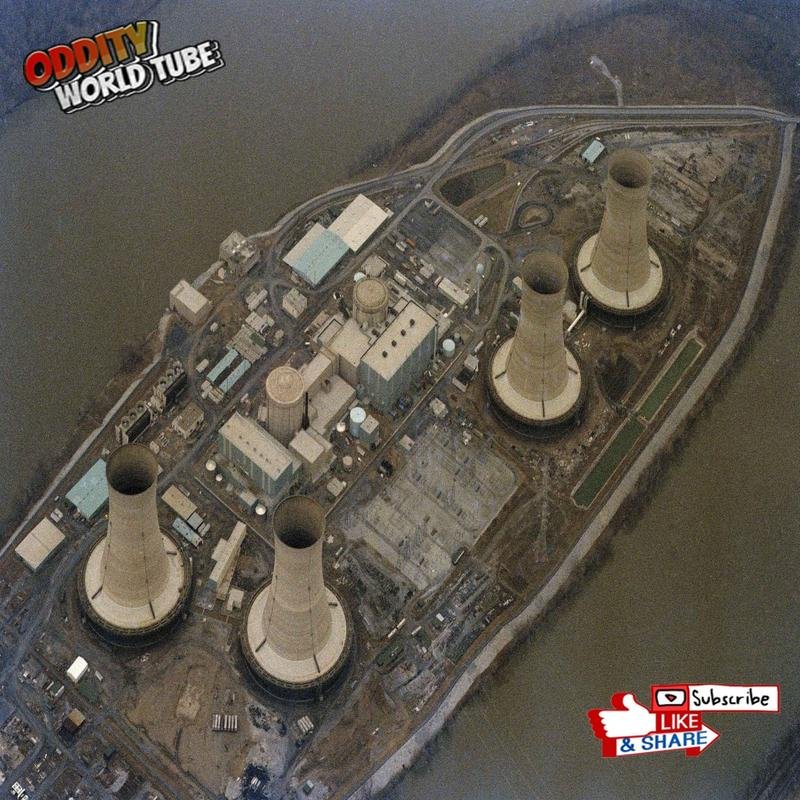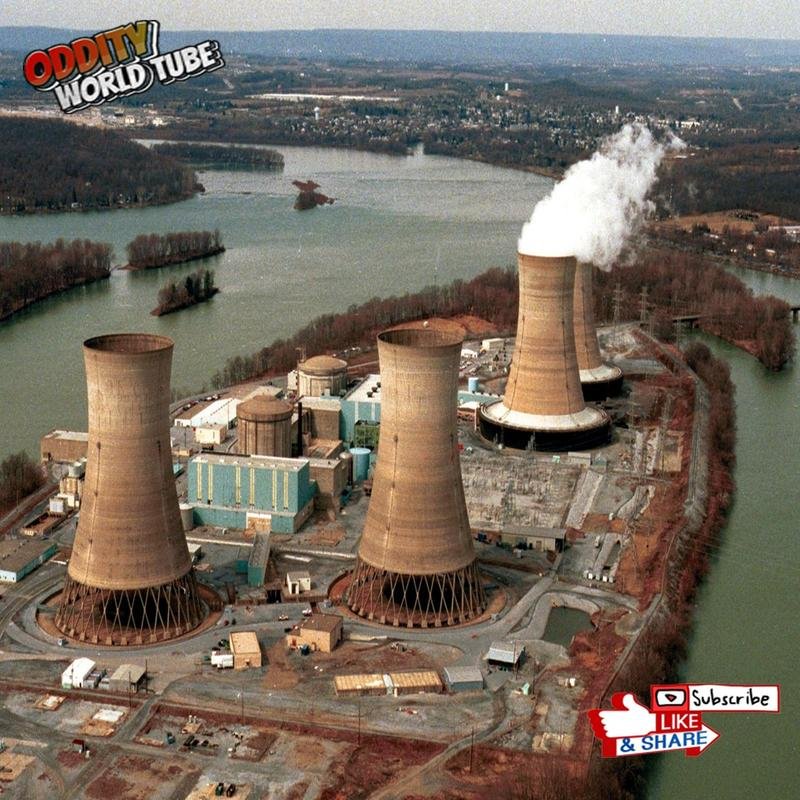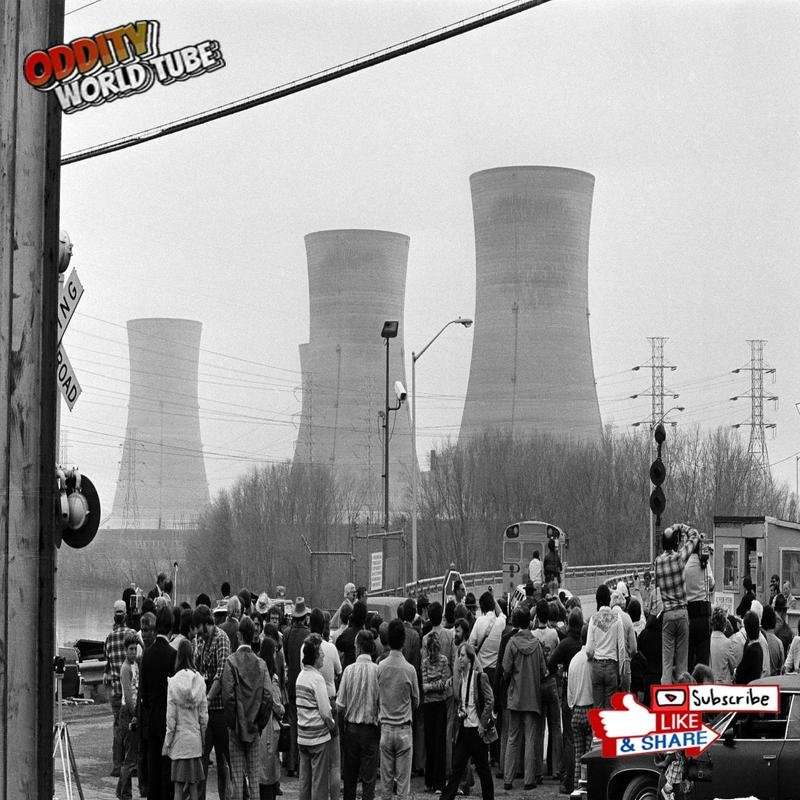Three Mile Island: The Horrifying Nuclear Truth ☢️🔍 #Nuclear #Disaster #History

Three Mile Island: Nuclear Disaster & Its Impact
The Three Mile Island nuclear power plant accident in Pennsylvania (1979) had a significant global impact, underscoring the inherent risks of nuclear energy and prompting international debate on its safety. This incident, one of the most serious nuclear accidents in U.S. history, exposed vulnerabilities in plant design, operational procedures, and emergency response capabilities.
The Accident and Its Immediate Aftermath
At 4:00 AM EST on March 28, 1979, a sequence of events culminated in a partial meltdown of Reactor 2. The immediate cause was a malfunction in the main feedwater pump supplying the steam generators, resulting in a loss of reactor core cooling. This was compounded by human error; operators incorrectly closed a valve, preventing water from reaching the reactor core. Subsequently, core temperature increased dramatically, leading to the partial meltdown of approximately one-third of the core. The meltdown released substantial quantities of radioactive gases, including xenon and krypton, into the surrounding environment. While the released quantities were insufficient to cause widespread immediate health consequences, they generated significant public concern and resulted in the evacuation of over 140,000 people from the vicinity.
Investigations and Reforms
A comprehensive investigation was subsequently launched to determine the root causes and identify lessons learned. The investigation revealed several contributing factors, including design flaws, inadequate operator training, and deficient safety procedures. It recommended substantial changes to the regulation and operation of nuclear power plants globally. Key recommendations included the establishment of the Institute of Nuclear Power Operations (INPO) to enhance safety and quality standards within the nuclear industry. Operator training and procedures were strengthened, and nuclear power plant safety systems were improved. The Three Mile Island accident heightened public awareness of nuclear safety and led to substantial changes in the global regulation and operation of nuclear power plants.
Long-Term Consequences
Despite the partial core meltdown, the accident resulted in no immediate fatalities or injuries. However, it raised long-term concerns regarding potential health effects from low-level radiation exposure. Numerous studies assessed potential health risks, but no conclusive evidence linked the accident to increased cancer rates or other illnesses. The cleanup of the Three Mile Island site was protracted, costing billions of dollars. The damaged reactor was decommissioned, and spent nuclear fuel was removed. Reactor 2 was permanently shut down, while Reactor 1 continued operation until 2019. The accident demonstrated the immense technical and economic challenges associated with nuclear accident remediation.
Impact on the Nuclear Industry
The Three Mile Island accident profoundly impacted the nuclear power industry domestically and internationally. It resulted in a significant slowdown in new nuclear power plant construction, increased scrutiny of safety standards, and heightened public awareness of the potential risks of nuclear energy. The Three Mile Island accident serves as a stark reminder of the importance of nuclear safety and effective risk management.
Lessons Learned and Future Implications
A critical lesson from Three Mile Island is the importance of effective public communication during nuclear emergencies. During the accident, confusion and a lack of public information led to panic and distrust. Post-accident, emergency communication procedures were improved to ensure timely and accurate public information dissemination during nuclear incidents. Despite the concerns raised by the Three Mile Island accident, nuclear energy continues to play a significant role in meeting global energy demands. Nuclear energy is a reliable, low-carbon energy source and can contribute to reduced reliance on fossil fuels. However, it is imperative to ensure that nuclear power plants are designed and operated to the highest safety standards to minimize the risk of accidents.










